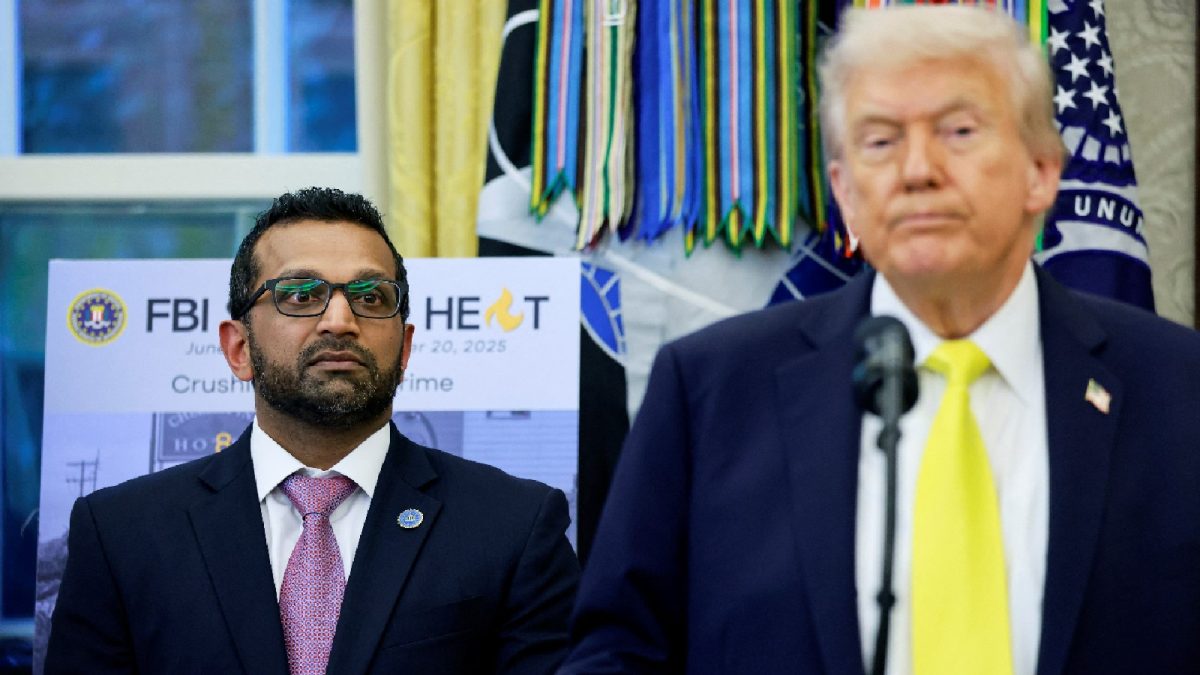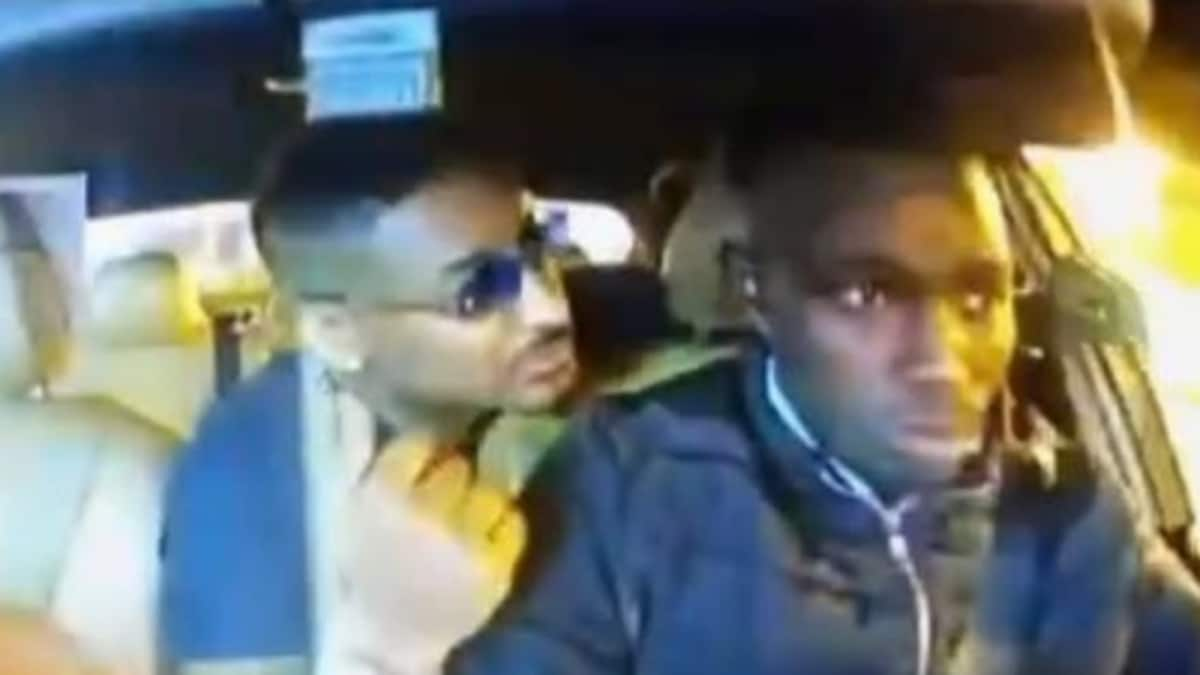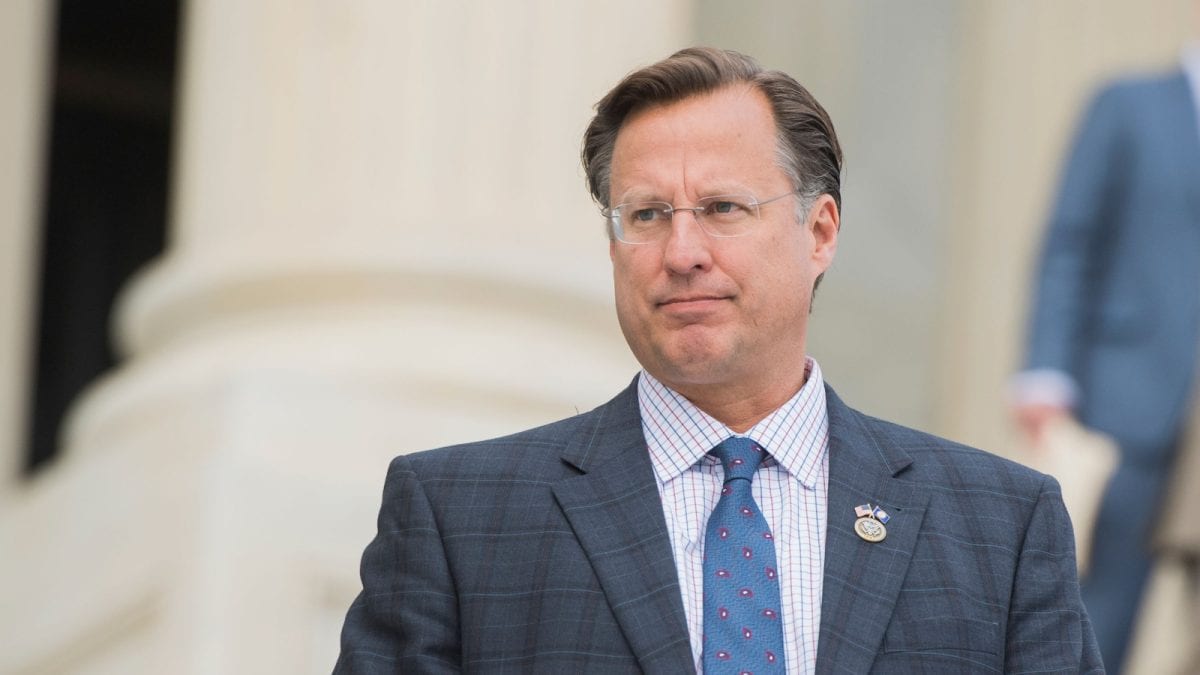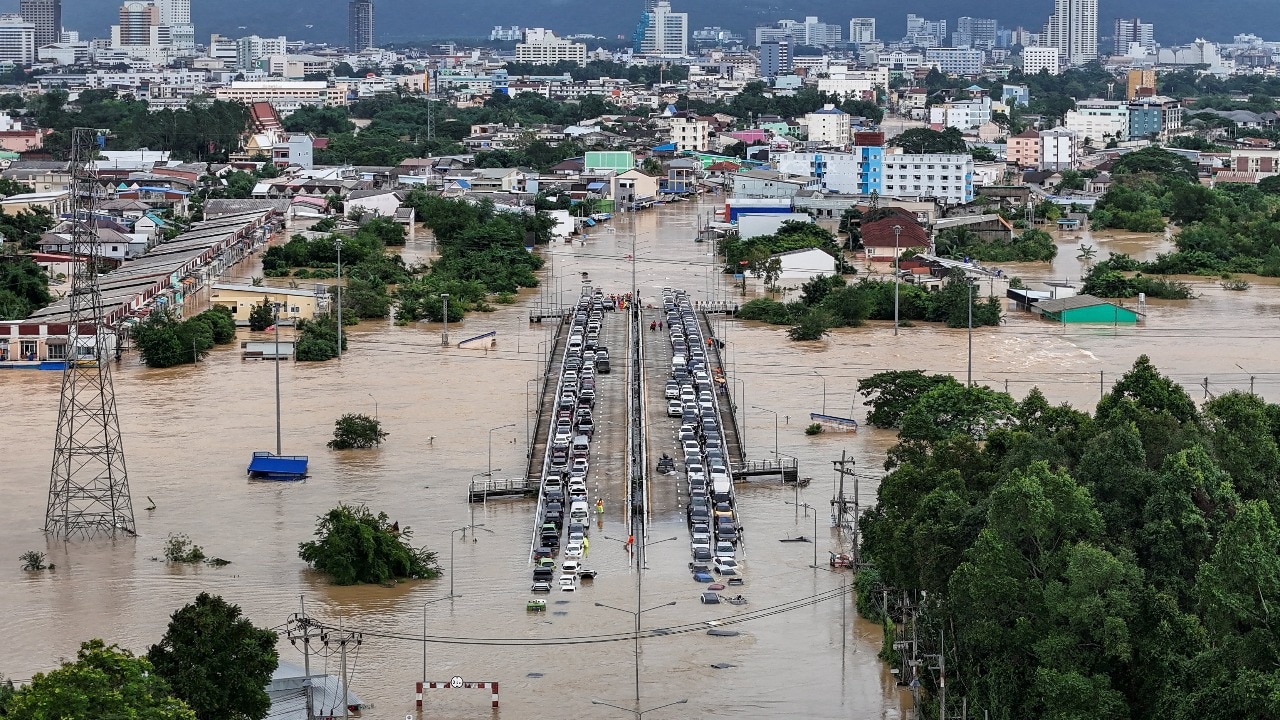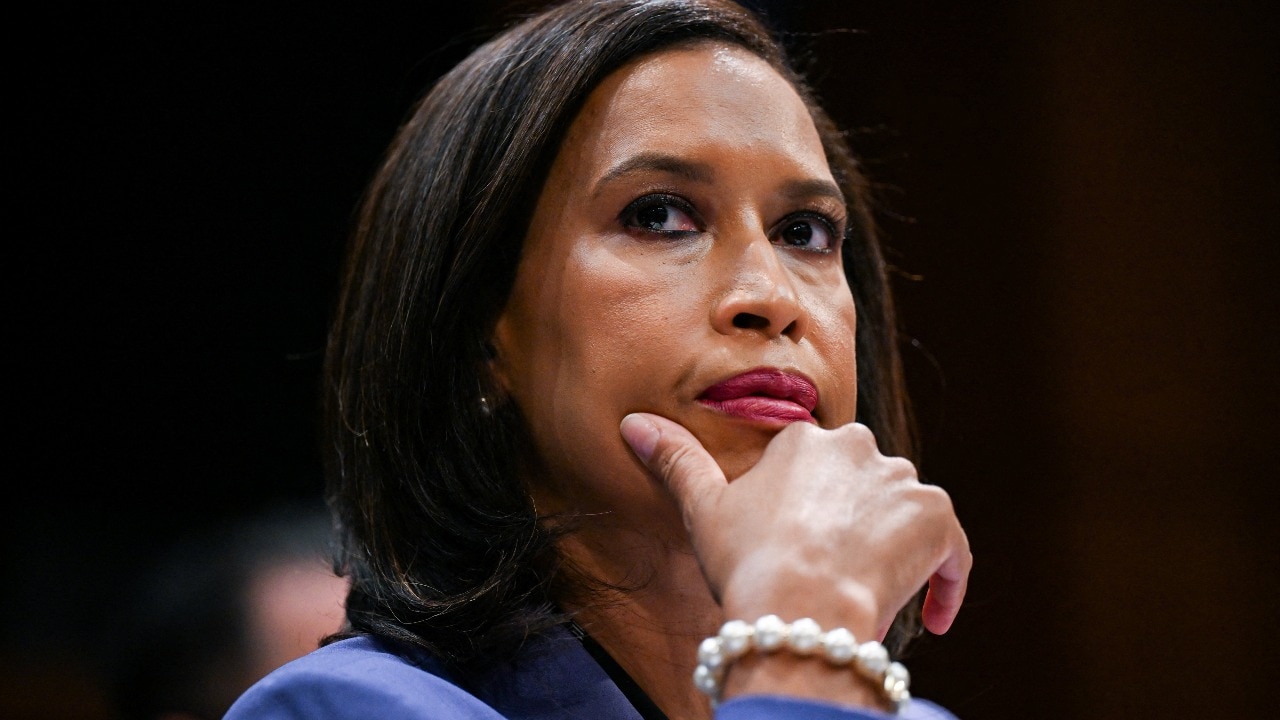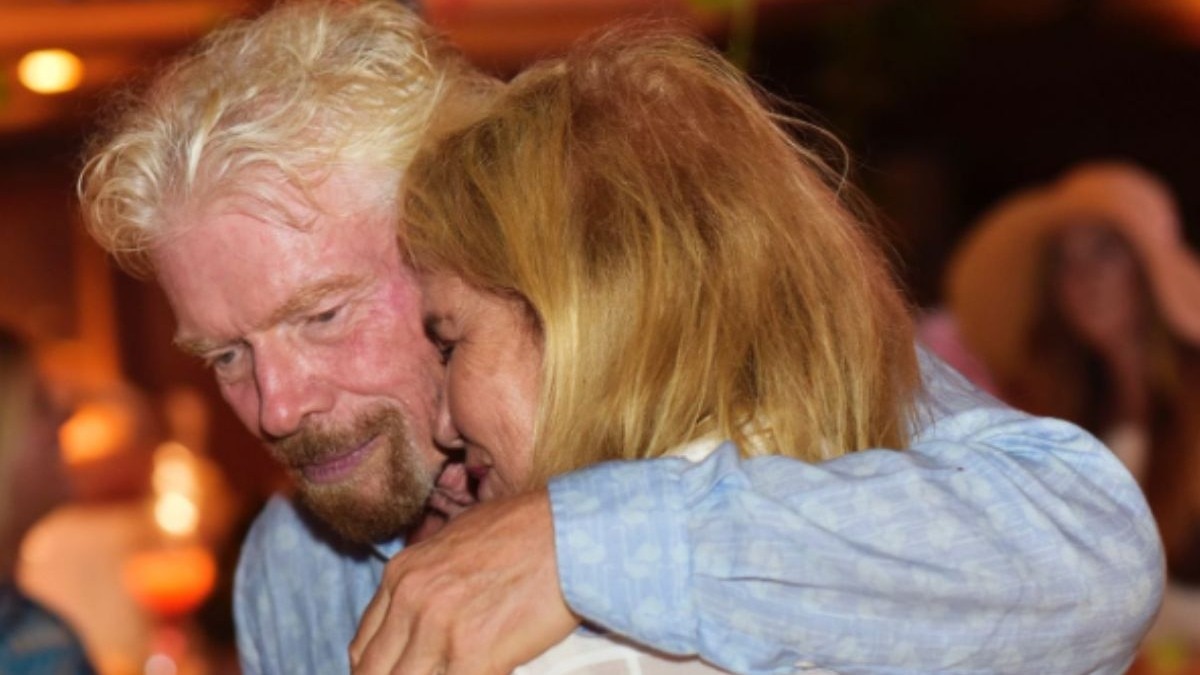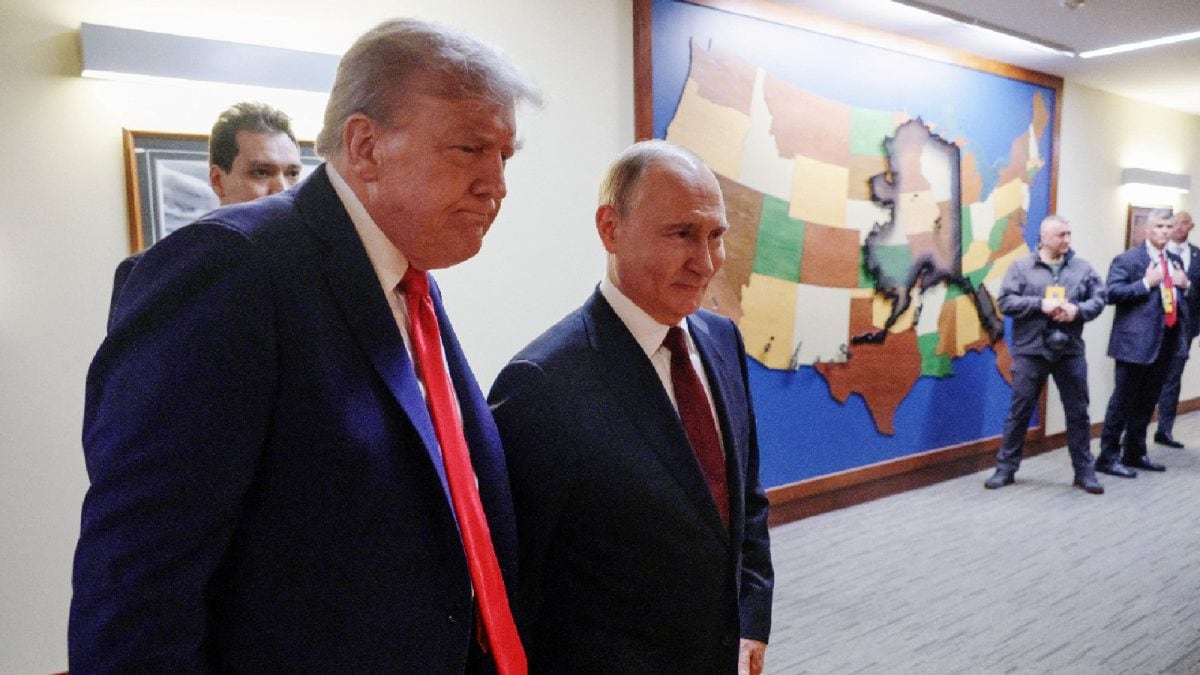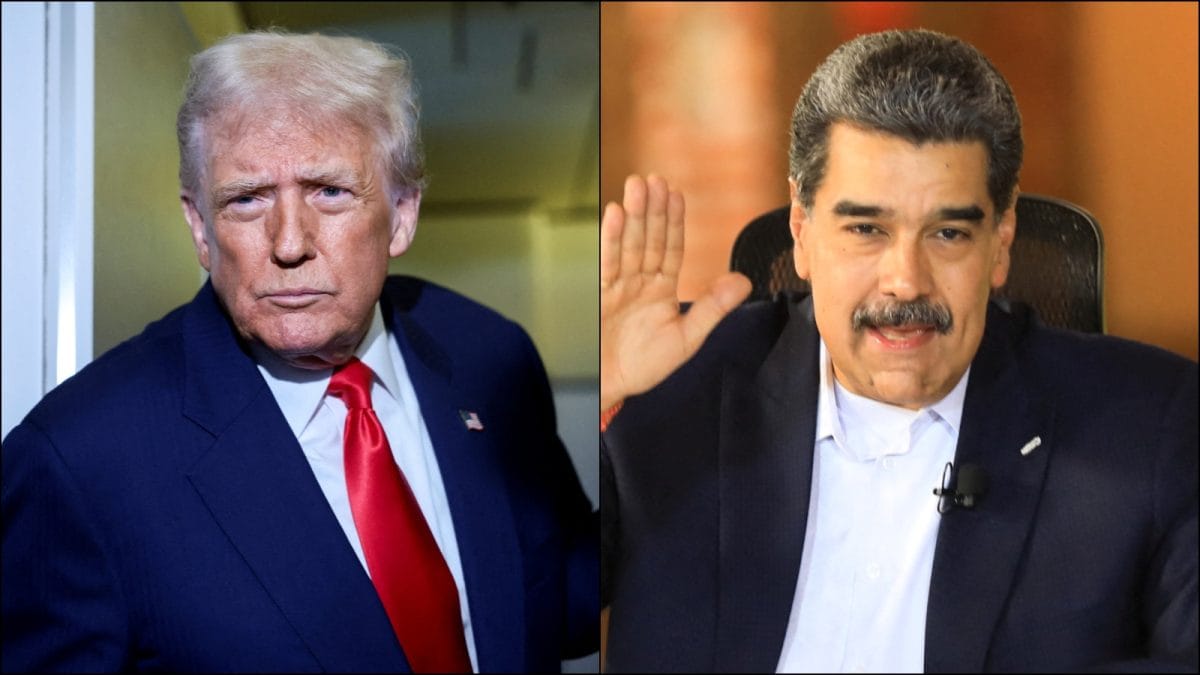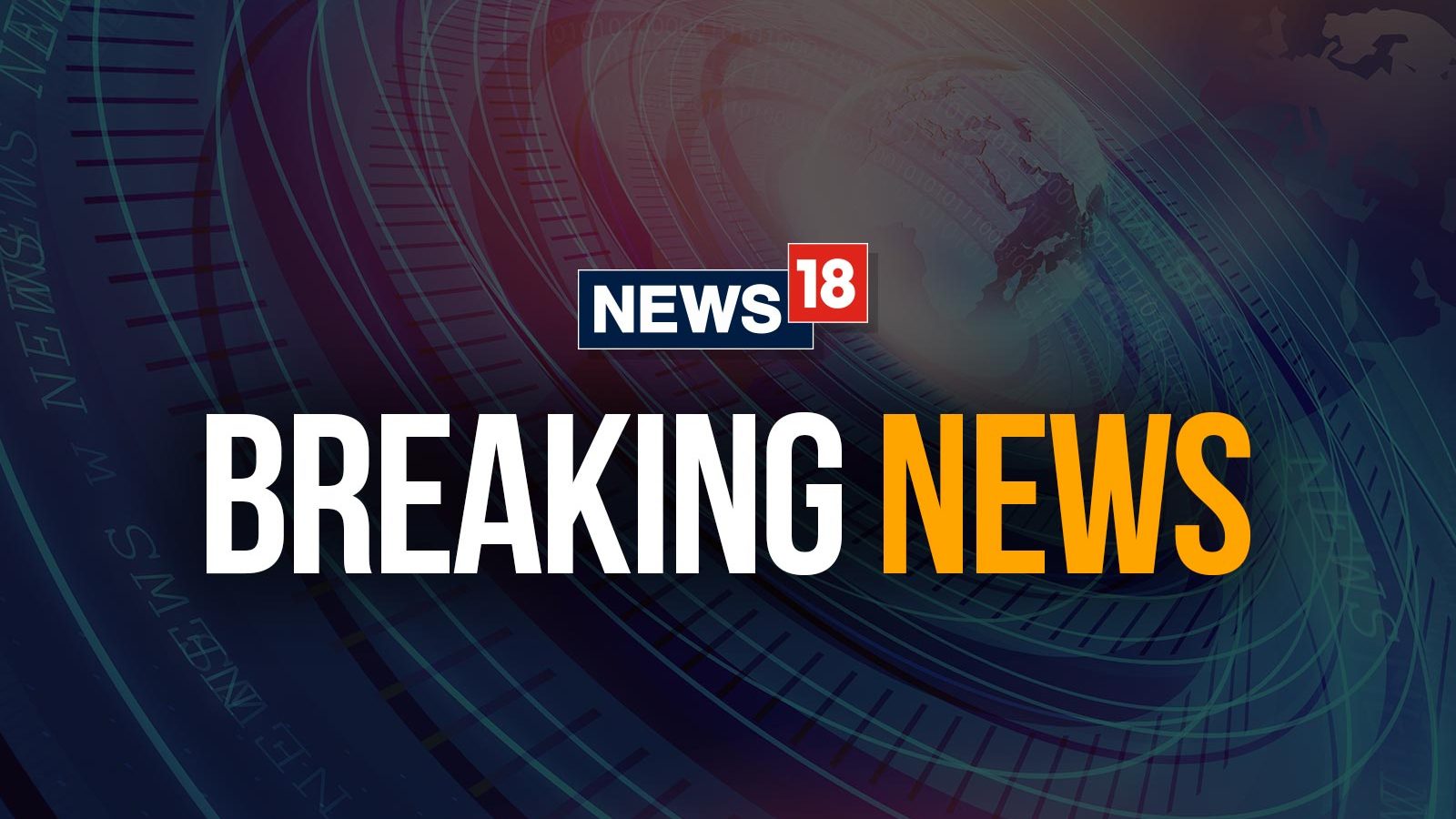Last Updated:November 26, 2025, 09:46 IST
While the US and Ukraine rework their draft and American envoys reach out to Moscow, the hardest questions on land, NATO and security guarantees remain unresolved

The core demands of each side remain the same. (Reuters Image)
A sudden burst of diplomacy has raised a question that has resurfaced repeatedly since 2022: Is the Russia-Ukraine war finally moving towards a negotiated end? Meetings in Switzerland, peace talks in the United Arab Emirates, a revised US–Ukraine draft agreement, and renewed US contact with Moscow have created the most active diplomatic phase in months.
US President Donald Trump said the plan has been “fine-tuned, with additional input from both sides", while Ukrainian officials speak of a “common understanding" with Washington on the core points.
But the war is now in its fourth year. Russia continues missile and drone attacks, battlefield positions are shifting slowly, and the fundamental demands of both Kyiv and Moscow remain unchanged. Beneath the flurry of announcements, the central question persists: do these talks actually have the ingredients to stop the fighting?
What Has Triggered This New Diplomatic Push?
The latest initiative stems from a 28-point peace plan drafted in Washington and presented to Kyiv last week. According to CNN, the original draft was prepared by US Secretary of State Marco Rubio and Trump’s envoy Steve Witkoff, with what officials described as strong input from Russia. Earlier discussions also involved Kremlin aide Kirill Dmitriev, and that Rustem Umerov, now Ukraine’s national security chief, had participated in some earlier exchanges.
The proposal immediately prompted intense negotiations. Over the weekend, US and Ukrainian delegations met in Geneva to revise the document. Umerov later wrote that “our delegations reached a common understanding on the core terms of the agreement discussed in Geneva", and said the principles could be developed into deeper agreements.
Trump has now instructed Witkoff to meet Russian President Vladimir Putin in Moscow, while US Army Secretary Dan Driscoll has been holding direct meetings with Ukrainian officials and representatives of Russia. Zelenskyy’s chief of staff Andriy Yermak said Driscoll is expected in Kyiv this week.
Zelenskyy has said he is prepared to meet Trump to discuss “sensitive points". Trump wrote that he hopes to meet both Zelenskyy and Putin “soon, but ONLY when the deal to end this War is FINAL or, in its final stages".
What Does The Revised Plan Actually Contain?
The updated text has not been released publicly, but the broad contours are clear from the negotiations so far.
The original 28-point plan included expectations that Ukraine would cede occupied areas and other regions it would “voluntarily" surrender.It proposed limits on the size of Ukraine’s armed forces.It provided amnesty for participants in the conflict.It sought to impose restrictions on Ukraine’s NATO future.The Guardian reports that when Driscoll briefed NATO ambassadors in Kyiv on this first version, one person present described it as “a nightmare meeting", adding that European ambassadors were shocked by both the content and the tone. Ukrainian and European officials had been blindsided by the draft.
After strong pushback, the document was reduced from 28 to 19 points. Ukraine’s first deputy foreign minister Sergiy Kyslytsya said that contentious items on territory and NATO were removed from the working draft altogether so they could be addressed directly by Trump and Zelenskyy.
A Ukrainian official told CNN that although progress had been made, “it would be very wrong to say we have now the version that is accepted by Ukraine".
Why Are Territory And NATO Still The Biggest Obstacles?
Russia and Ukraine remain divided on the very issues that halted previous diplomatic efforts.
Russia wants full and formal control over the eastern regions of Donetsk and Luhansk. That would require Ukraine to surrender fortified areas of Donetsk it still defends. Moscow also demands Ukrainian withdrawal from the entire Donbas, while Russian forces additionally hold Crimea and large parts of Kherson and Zaporizhzhia.
Ukraine refuses to accept territorial concessions. Kyiv has ruled out recognising Russian sovereignty over land Russia does not currently occupy. Zelenskyy said the “main problem" blocking peace is Putin’s requirement for legal recognition of seized territory.
NATO is the second major stumbling block. Moscow wants Ukraine to commit to constitutional neutrality, cap the size of its armed forces, and block NATO expansion. Kyiv insists on credible security guarantees and does not want the door to NATO membership closed.
European governments support Ukraine’s position that borders cannot be changed by force.
What Might Security Guarantees Look Like If NATO Membership Is Off The Table?
Because NATO membership is one of Putin’s red lines, the focus has shifted to alternative protection mechanisms.
The original US plan included “reliable security guarantees" for Ukraine, with specific scenarios that would trigger coordinated US action. These guarantees are now being developed in a separate annex.
European involvement is now formal. A virtual meeting of Ukraine’s “Coalition of the Willing", chaired by French President Emmanuel Macron and UK Prime Minister Keir Starmer, with US Secretary of State Marco Rubio participating, agreed to establish a task force with the US to accelerate work on security guarantees.
Zelenskyy told the group that “security decisions about Europe must include Europe", signalling that Kyiv expects European nations to play a role in any peacekeeping arrangement.
How Is Russia Responding To The Latest Draft?
So far, Moscow has not received the updated document. Lavrov said that while Russia supported the original US framework, the situation would be “fundamentally different" if key elements had been altered. He insisted any changes must reflect the “spirit and letter" of what Trump and Putin discussed at their Alaska summit earlier this year.
Dmitry Peskov told Russian media that the Kremlin had “nothing to report" and was following media coverage of the talks. Russia has also accused European governments of undermining US peace efforts.
The lack of an official Russian response reflects Moscow’s unchanged position: full territorial recognition and strict limits on Ukraine’s future security posture remain non-negotiable.
What Do Europe And Other Allies Make Of The Talks?
European leaders have responded cautiously.
Macron said he sees “no Russian will for a ceasefire". Downing Street warned there was “a long way to go – a tough road ahead". Starmer told parliament that the Geneva draft Ukraine agreed to “doesn’t cover the question of territory".
The Guardian reports that several European ambassadors were alarmed by the initial plan and the manner in which it was presented. Finland’s President Alexander Stubb said after speaking to Zelenskyy and NATO Secretary General Mark Rutte that the coming days would be decisive: “The future of Ukraine is for Ukraine to decide, and European security is for Europe to decide."
Germany’s Chancellor Friedrich Merz and other European leaders also spoke to Zelenskyy in parallel.
What Is Happening On The Battlefield As Diplomacy Continues?
Combat has intensified even as negotiations gather pace.
Russia recently launched 22 missiles and 464 drones in a single night, mostly targeting Kyiv and surrounding areas, killing seven people. In Zaporizhzhia, both sides conducted strikes: Ukrainian regional head Ivan Fedorov said at least seven people were injured, while Russian-installed governor Yevgeny Balitsky said attacks on energy grids left up to 40,000 people without electricity.
The broader military picture is one of attrition. Russian forces have been making incremental gains, benefiting from their larger manpower. At the same time, Zelenskyy’s government faces pressure due to a corruption scandal involving alleged kickbacks from energy-infrastructure contractors, which has already brought down two ministers.
Millions of Ukrainians have been displaced since the full-scale invasion began, and tens of thousands of soldiers and thousands of civilians have been killed or injured.
So, Could These Talks Actually End The War?
The latest diplomacy has produced a shared text between Washington and Kyiv, brought US envoys back into contact with Russia, and set the stage for possible Zelenskyy–Trump and Trump–Putin meetings. Zelenskyy hopes to travel to the US “at the earliest suitable date" to complete the final steps of an agreement.
But the issues that halted past peace efforts remain unresolved.
Russia has not accepted the revised draft, yet.Ukraine rejects legal recognition of Russian territorial claims.Security guarantees and NATO remain deeply contested.Talks are active and structured in a way they have not been for months. But the central disputes remain exactly where they were.

Karishma Jain, Chief Sub Editor at News18.com, writes and edits opinion pieces on a variety of subjects, including Indian politics and policy, culture and the arts, technology and social change. Follow her @kar...Read More
Karishma Jain, Chief Sub Editor at News18.com, writes and edits opinion pieces on a variety of subjects, including Indian politics and policy, culture and the arts, technology and social change. Follow her @kar...
Read More
First Published:
November 26, 2025, 09:41 IST
News explainers Is Russia-Ukraine War Finally Near A Negotiated End? Inside The Intensifying Peace Talks
Disclaimer: Comments reflect users’ views, not News18’s. Please keep discussions respectful and constructive. Abusive, defamatory, or illegal comments will be removed. News18 may disable any comment at its discretion. By posting, you agree to our Terms of Use and Privacy Policy.
Read More

 54 minutes ago
54 minutes ago

